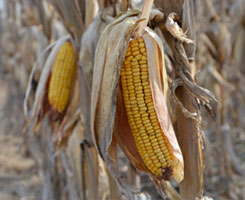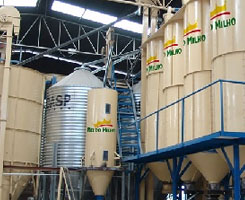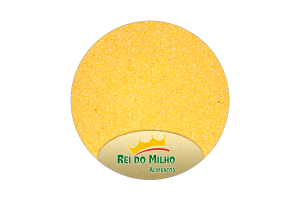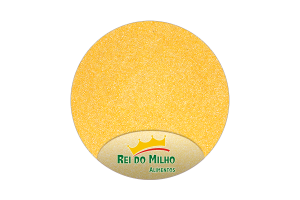
No one knows
more about corn
than us!
Industrial Responsibility
Quality and production controlAgriculture and cultivation
Discover the origin of our raw materialSoybeans: Drought in Argentina and China demand driving
Soybeans closed the session on Friday with significant increases in the Chicago Stock Exchange. The main maturities ended the day up more than 10 points.
Over the business, contracts reached up more than 15 points. In this second session, prices reached record the highest level in According to analysts, the market is still climate and the main focus is the concern with a smaller crop in Argentina.
Climate forecasts for the last weekend for the South American country were dashed and the weather continued warm and dry, punishing the soybean crops. In last Friday (1), the main producing regions north of the country received little bulky rains, 3-19 mm, according to Meteorlogix institute information. However, the weekend day again be dried and recording high temperatures.
For Flávio France, market analyst Vintage & Market, this has been the most important variable support for soybean prices in the international market. This is because the market is beginning to see a smaller crop from South America in times when demand remains very heated and the current global inventories are at historically low levels.
The current scenario, therefore, encourages investors to maintain their climate awards in prices as forecasts indicate drier for the next days, not only in Argentina but also in southern Brazil, especially in Rio Grande do Sul.
"Every day that goes by the potential losses in the Argentine crops increases. In Brazil, we had rain in the southern region, which is good news for production, mainly for the Rio Grande do Sul crops that were beginning to suffer from lack of moisture, "explains the analyst.
In addition, the market also has adverse weather in the Brazilian Midwest also acting as positive pressure factors for the market. In Mato Grosso, Brazil's main producing state, excessive rains delayed the harvest and undermine the little soybeans being harvested.
The biggest concern of producers is now with the call burnt soy. Because of excess moisture, the grains are beginning to submit a lower quality, fermented, inappropriate, therefore, for some purposes. These characteristics ultimately result in a reduction in prices this soy that hits the market.
The weather in South America, so continuing its soybean prices on the Chicago Stock Exchange. However, as has been reinforced by analysts to monitor changes in climate forecasts the risk of intense volatility is higher. "Let's see what the next two weeks bring and how the maps are for the end of February, then we can draw conclusions," said Peter Dejneka analyst PHDerivativos. "For now, the market tries to price the risk of breakage, but has not convinced enough to just shoot," he adds.
"I still believe that Brazil come with a harvest of 82 million tons or more, and Paraguay with nearly 9 million. Argentina is still unknown due to the problems in iníco planting, but I still see great potential for 52 million tons if the climate ease in the next 10 days, "says Dejneka.
The need of the Chinese to purchase soybeans to supply the local industries crushing capacity also support the prices in Chicago. The sale of meal and oil in the country is heated, so the overwhelming are seeking raw material to take advantage of the good phase margins.
Source: Source: Agricultural News // Carla Mendes
 PopiMAX
PopiMAX
 PopMAX
PopMAX
 CornMAX
CornMAX
 CornMAX White
CornMAX White
 SnackMAX 300
SnackMAX 300
 SnackMAX 200
SnackMAX 200
 SnackMAX 1515
SnackMAX 1515
 BeerMAX
BeerMAX
 SemMAX
SemMAX
 FecoMAX 1
FecoMAX 1
 FecoMAX 2
FecoMAX 2
 CremMAX
CremMAX
 FiberMAX
FiberMAX
 GerMAX
GerMAX


































